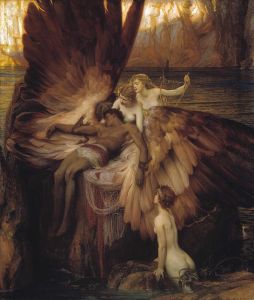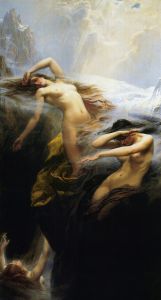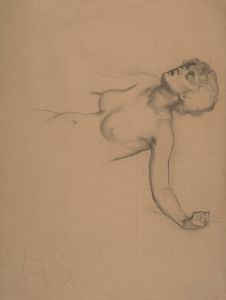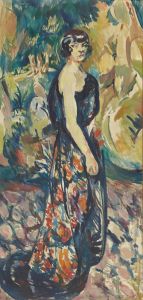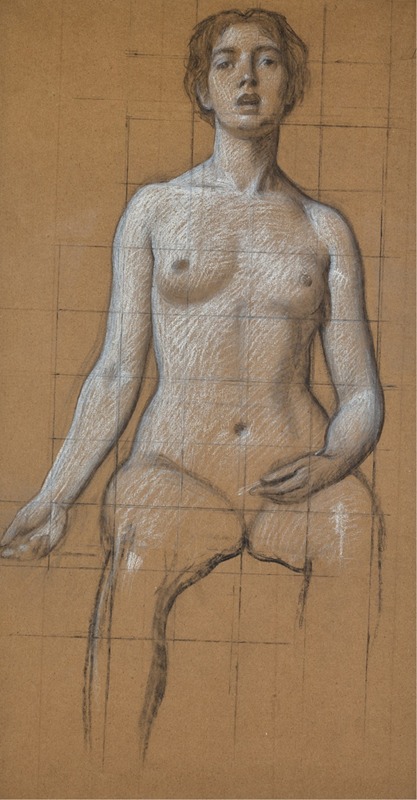
Study for ‘Song’
A hand-painted replica of Herbert James Draper’s masterpiece Study for ‘Song’, meticulously crafted by professional artists to capture the true essence of the original. Each piece is created with museum-quality canvas and rare mineral pigments, carefully painted by experienced artists with delicate brushstrokes and rich, layered colors to perfectly recreate the texture of the original artwork. Unlike machine-printed reproductions, this hand-painted version brings the painting to life, infused with the artist’s emotions and skill in every stroke. Whether for personal collection or home decoration, it instantly elevates the artistic atmosphere of any space.
Herbert James Draper (1863–1920) was a notable English painter of the late Victorian and Edwardian periods, renowned for his depictions of mythological themes and classical subjects. One of his works, "Study for ‘Song’," exemplifies his skill in capturing the human form and his interest in classical antiquity. Draper was part of a broader movement during his time that saw a resurgence of interest in classical mythology and themes, often characterized by romantic and idealized portrayals.
"Study for ‘Song’" is a preparatory work, which suggests that it was created as part of Draper's process in developing a larger or more detailed final piece. Such studies were common practice among artists, allowing them to explore composition, form, and lighting before committing to the final version. Draper's studies often reveal his meticulous attention to detail and his ability to convey emotion and narrative through the human figure.
Draper’s work is often associated with the Pre-Raphaelite movement, although he was not a member. His style, however, shares similarities with the movement, particularly in its emphasis on beauty, detail, and the use of vibrant colors. Draper’s paintings frequently feature themes from Greek and Roman mythology, and he was known for his ability to blend realism with idealism, creating works that were both technically proficient and evocative.
"Study for ‘Song’" likely reflects Draper’s interest in music and the arts, common motifs in his oeuvre. While specific details about this particular study are limited, it can be inferred that the work involves a figure or figures engaged in musical activity, consistent with Draper’s thematic interests. His studies often focus on the human form, capturing the grace and fluidity of movement, which would be fitting for a subject related to music.
Draper’s artistic career was marked by a number of successful exhibitions, and he was well-regarded in his time. His works were exhibited at the Royal Academy, and he received several commissions for public and private collections. Despite the changing tastes in art during the early 20th century, which saw a move away from classical themes, Draper’s work remained popular for its technical skill and aesthetic appeal.
Today, Draper’s paintings, including his studies, are appreciated for their craftsmanship and their contribution to the continuation of classical themes in art. "Study for ‘Song’," like many of his works, serves as a testament to Draper’s ability to capture the timeless beauty of the human form and the enduring appeal of mythological and artistic subjects. His legacy continues to be celebrated by art historians and enthusiasts who admire his dedication to the classical tradition and his skillful execution.








